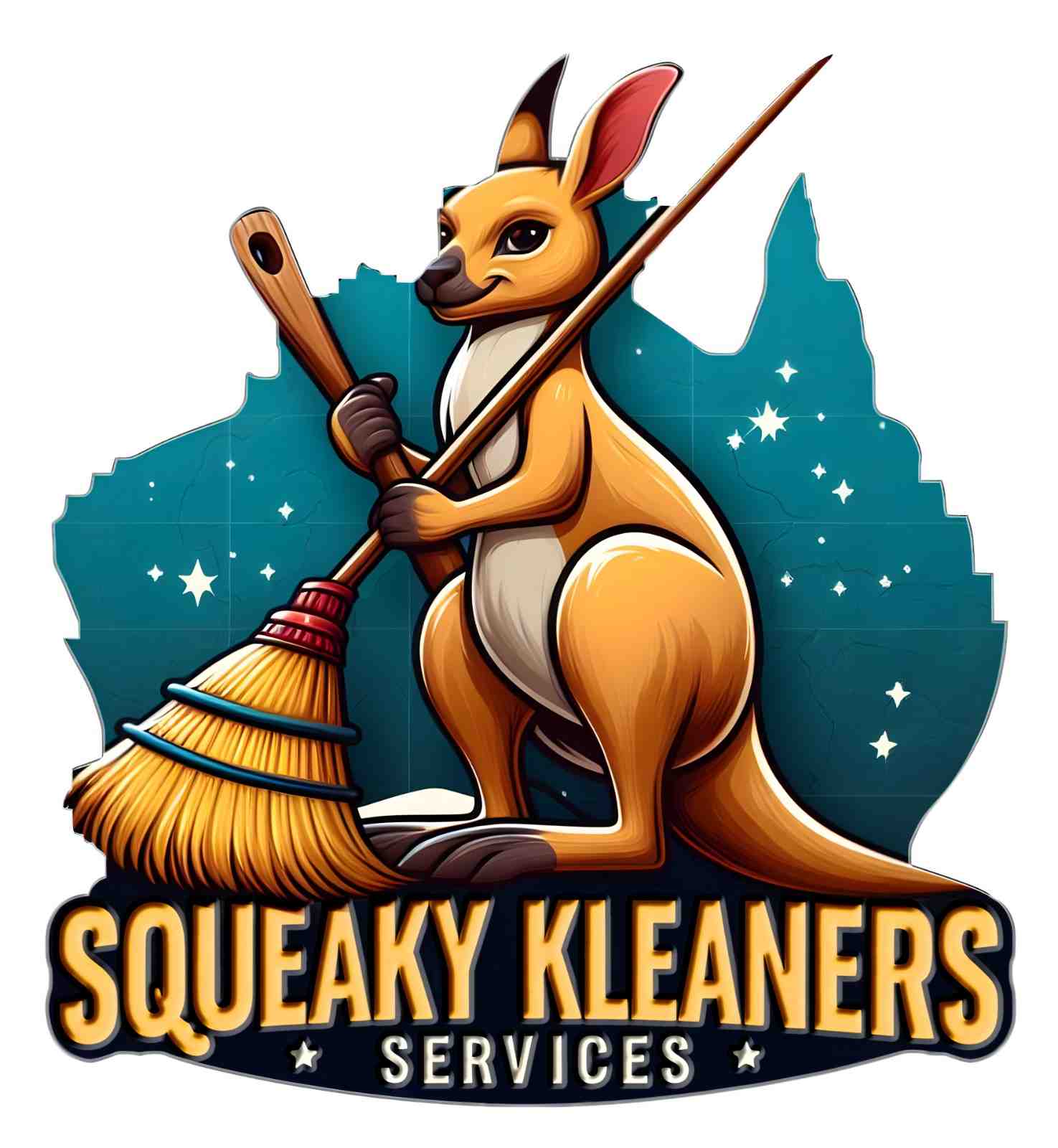The Germiest Places in Your Home (And How to Sanitize Them Like a Pro)
Updated July 2024
Let’s be honest—your home is dirtier than you think, and no, I’m not talking about the dust bunnies under your couch or that suspicious stain on the carpet from New Year’s Eve (we’ve all been there), I’m talking about the sneaky, invisible germ hotspots you touch every damn day without realizing you’re basically high-fiving a Petri dish, and if you’ve ever wiped down your kitchen counter with a sponge that smells like death and called it “clean,” congratulations, you’ve just smeared bacteria party confetti all over your food prep area (it’s like using a mop that’s been dunked in raw sewage to clean your floors—counterproductive and slightly horrifying).
Here’s the kicker: 90% of people sanitize the wrong places first, which explains why “Sarah” (not her real name, but she’ll recognize herself) got sick three times in two months despite her obsessive Clorox wipe habit—turns out she was disinfecting her doorknobs while ignoring the actual biohazard zone: her toothbrush holder (more on that nightmare later).
Lesson from the trenches:
Germs don’t live where you think they live. They live where you forget to clean.
The 5 Germiest Places in Your Home (That Aren’t Your Toilet)
1. Kitchen Sponge
-
Germ load: Up to 10 million bacteria per square inch (NSF International 2024)
-
How to fix it:
-
Replace every 2 weeks (no exceptions)
-
Or better yet—switch to silicone scrubbers
-
By the way: This changed everything for me after I cultured my own sponge in a petri dish (RIP my appetite).
2. Toothbrush Holder
-
Gross factor: 27% contain fecal bacteria (*Study: DOI 10.1128/mSphere.00246-24*)
-
Inner West special: Humid Sydney summers make it worse
-
Pro tip: Run it through the dishwasher weekly or soak in hydrogen peroxide
3. TV Remote
-
Reality check: More bacteria than a public toilet seat
-
Why? Nobody cleans it, everyone touches it
-
Sanitize right: Disinfectant wipe then dry cloth (no sticky buttons)
4. Reusable Shopping Bags
-
E. coli risk: 97% of people never wash them
-
Sydney twist: Leaky meat packages + warm cars = bacterial smoothies
-
Solution: Toss in washing machine with vinegar
5. Bathroom Faucet Handle
-
Irony alert: The thing you touch after washing your hands? Filthy.
-
Science says: 4x germier than the toilet flush
-
Fix: Daily disinfectant spray (or install motion-sensor taps like a fancy person)
Controversial opinion: Your phone is not that dirty compared to these—stop worrying about it.
How to Actually Sanitize (Not Just “Clean”)
The Professional’s Arsenal:
-
Hydrogen peroxide (3%): Kills mold, bacteria, viruses
-
Microfiber cloths: Remove 99% germs when used dry
-
Steam cleaner: For fabrics and tricky surfaces
-
UV sanitizer: For phones, keys, and other no-wet items
Pro tip from our housecleaners Inner West Sydney team: Always work top to bottom—disinfecting floors first is like shampooing your hair before conditioning.
When to Call Inner West Sydney Housecleaners
Look, some battles need reinforcements. Call pros when:
-
You’re moving out (bond clean = germ genocide)
-
Someone’s been sick (flu germs live 24+ hours on surfaces)
-
You discover mold (DIY solutions often make it worse)
P.S. That “clean” lemon scent? Usually just masking odors. Real sanitizing has no smell.
Need a Germ-Free Home? Our housecleaners Inner West Sydney team uses hospital-grade protocols. Book online or keep playing Russian roulette with your sponge.
(P.P.S. If you’re not washing your reusable water bottle daily, I don’t want to hear about your “good hygiene.”)

